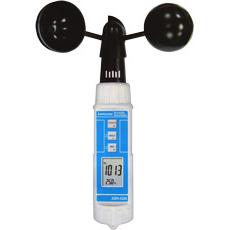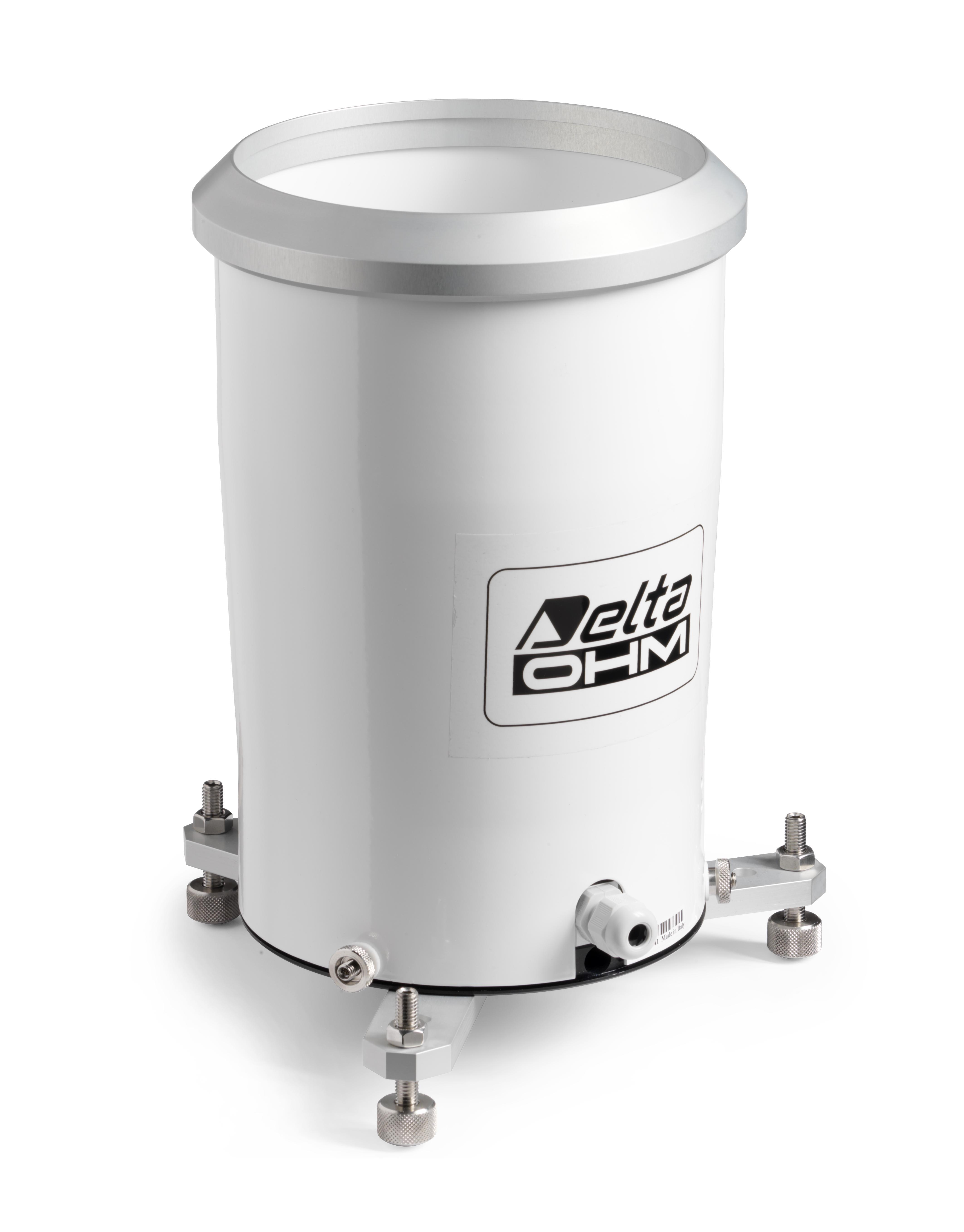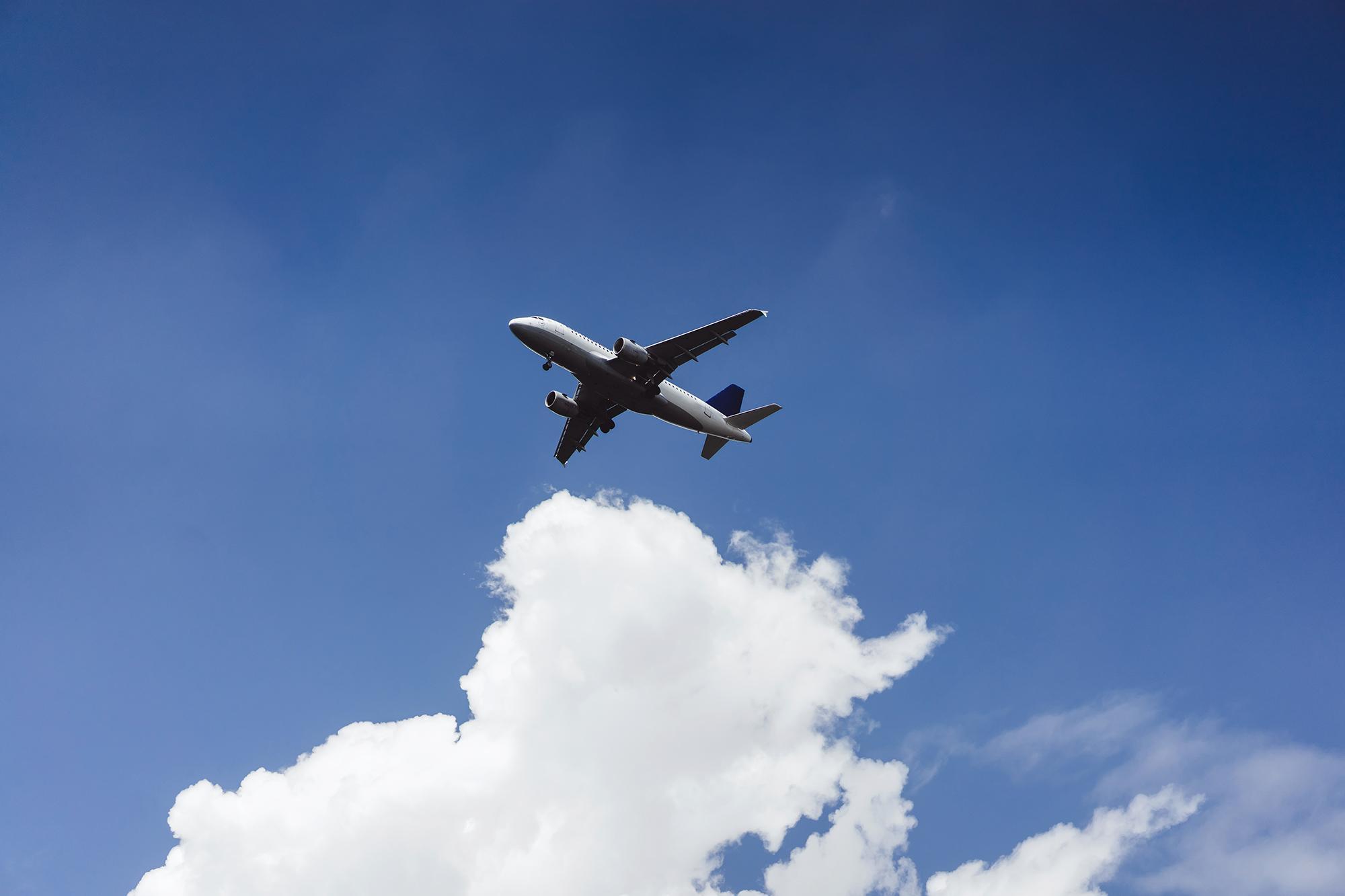Application of Meteorology Instruments
Meteorology, the science of weather and climate, heavily relies on a range of sophisticated instruments to collect data, monitor atmospheric conditions, and predict weather patterns. These instruments are indispensable in various fields such as agriculture, aviation, marine navigation, and disaster management. In this comprehensive article, we will delve into the application of key meteorological instruments, emphasizing their importance and functionality.
1. Thermometers: Measuring Temperature
Thermometers are fundamental instruments in meteorology, designed to measure the temperature of the air. Mercury-in-glass thermometers, digital thermometers, and thermocouples are widely used. Accurate temperature measurement is crucial for weather forecasting, climate studies, and even daily activities. Modern digital thermometers provide high precision and can record temperatures remotely.
Applications of Thermometers
- Weather Forecasting: Accurate temperature data is essential for predicting weather changes and preparing forecasts.
- Climate Research: Long-term temperature records help scientists study climate change and global warming.
- Agriculture: Farmers rely on temperature data to make informed decisions about planting and harvesting crops.
- Aviation: Pilots use temperature information to adjust flight plans and ensure passenger safety.
2. Barometers: Measuring Atmospheric Pressure
Barometers measure atmospheric pressure, a key parameter in weather prediction. Mercury barometers and aneroid barometers are the two main types. Atmospheric pressure data helps meteorologists understand and forecast weather patterns such as storms and high-pressure systems.
Applications of Barometers
- Weather Prediction: Barometric pressure changes indicate weather shifts, aiding in the prediction of storms and fair weather.
- Aviation: Pilots use barometric pressure readings to determine altitude and ensure safe navigation.
- Marine Navigation: Sailors rely on barometric pressure data to predict sea conditions and avoid dangerous weather.
3. Hygrometers: Measuring Humidity
Hygrometers measure the moisture content in the air, providing valuable data for weather forecasting and climate studies. Types of hygrometers include mechanical hygrometers, electrical hygrometers, and dew point hygrometers.
Applications of Hygrometers
- Weather Forecasting: Humidity data is crucial for predicting precipitation, fog, and other weather phenomena.
- Agriculture: Farmers use humidity data to manage irrigation and protect crops from diseases.
- Building Maintenance: Maintaining proper humidity levels in buildings prevents mold growth and preserves structural integrity.
4. Anemometers: Measuring Wind Speed and Direction
Anemometers are used to measure wind speed and direction, essential for understanding weather patterns and ensuring safety in various industries. Cup anemometers, hot-wire anemometers, and ultrasonic anemometers are common types.
Applications of Anemometers
- Weather Forecasting: Wind data is vital for predicting weather changes, including storms and cold fronts.
- Aviation: Pilots need accurate wind information for takeoff, landing, and flight planning.
- Renewable Energy: Wind farm operators use anemometer data to optimize turbine performance.

5. Rain Gauges: Measuring Precipitation
Rain gauges measure the amount of precipitation over a specific period. Standard rain gauges, tipping bucket rain gauges, and weighing rain gauges are commonly used. Accurate precipitation data is crucial for water resource management and flood prediction.
Applications of Rain Gauges
- Weather Forecasting: Precipitation data helps meteorologists predict rainfall, snow, and hail.
- Agriculture: Farmers use rainfall data to plan irrigation and manage water resources.
- Hydrology: Water resource managers rely on precipitation data for flood prediction and water supply management.

6. Weather Radars: Monitoring Precipitation and Storms
Weather radars use radio waves to detect precipitation and monitor storm movements. Doppler radar is a widely used type, providing real-time data on storm intensity and movement.
Applications of Weather Radars
- Severe Weather Prediction: Radars are crucial for predicting and tracking severe weather events like hurricanes, tornadoes, and thunderstorms.
- Aviation: Pilots use radar data to navigate around severe weather.
- Disaster Management: Emergency services rely on radar data for timely evacuation and response to natural disasters.

